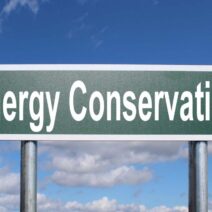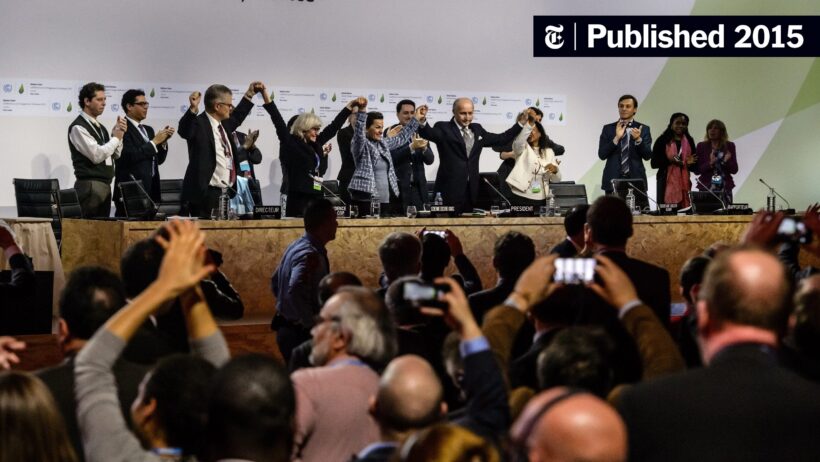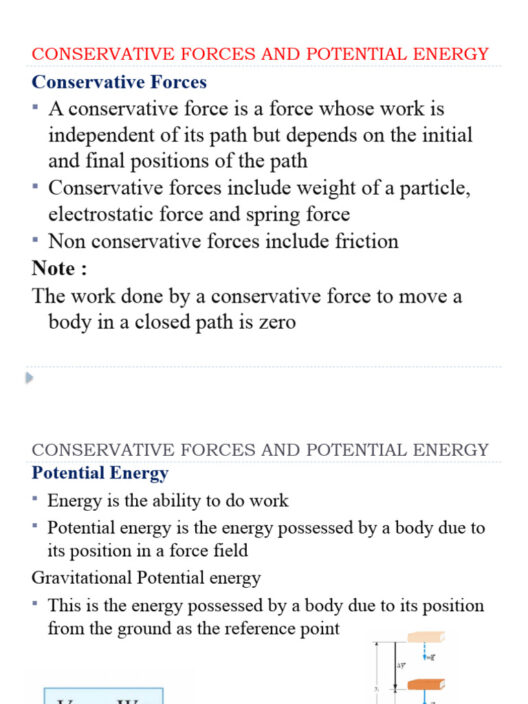The Paris Agreement represents a monumental stride in the collective global effort to combat climate change, fostering a new paradigm of international collaboration. Adopted at the 2015 United Nations Climate Change Conference, or COP21, the agreement is notable not only for its ambitious goals but also for the unprecedented unity displayed by participating nations. In a world grappling with environmental crises, the essence of the Paris Agreement lies in its promise of a cooperative roadmap aimed at steering the planet toward a sustainable future.
At its core, the Paris Agreement seeks to limit global warming to well below 2 degrees Celsius above pre-industrial levels, with an aspiration of capping the increase to 1.5 degrees Celsius. This is crucial, as exceeding these thresholds could yield dire ecological and socio-economic consequences. The significance of a 1.5-degree limit transcends mere numbers; it encapsulates a vision of a world where nations come together to mitigate catastrophic climate impacts, thus safeguarding vulnerable ecosystems and human livelihoods.
The genesis of the Paris Agreement stemmed from an understanding that climate change is an existential threat, transcending borders and calling for a unified response. Unlike its predecessor, the Kyoto Protocol, which imposed binding emissions targets solely on developed countries, the Paris Agreement embraces a more inclusive approach. It differentiates between nations, recognizing that the historical responsibility for emissions varies; however, it also emphasizes the need for all parties to take action based on their capabilities and circumstances.
One of the groundbreaking features of the Paris Agreement is the concept of “Nationally Determined Contributions” (NDCs). Each participating country is required to outline its own strategies for reducing greenhouse gas emissions, tailored to its unique context and developmental needs. These NDCs are not static; rather, countries are encouraged to update their commitments every five years, progressively increasing their climate ambitions. This progressive enhancement of NDCs embodies a shift from a punitive to a cooperative mechanism, aligning both developmental goals and environmental sustainability.
The financial dimensions of the agreement are equally vital. Developed nations have committed to mobilizing $100 billion annually by 2020 to support developing countries in their climate mitigation and adaptation efforts. This financial assistance is crucial, as many developing nations lack the resources and technological infrastructure to invest in clean energy alternatives and resilience-building measures. It also reinforces the notion of climate justice, acknowledging that the nations least responsible for climate change often bear the brunt of its impacts.
As the Paris Agreement sets forth a framework for global cooperation, it thrives on the principle of transparency and accountability. Countries are required to report their progress in implementing their NDCs through a robust system of tracking and verification. This commitment fosters a sense of trust among nations and encourages public engagement, creating an informed citizenry that can hold their governments accountable for climate action.
Moreover, the Paris Agreement has ignited a wave of support beyond governmental initiatives. Cities, states, and businesses worldwide are recognizing their roles in this global endeavor. The emergence of initiatives like “We Are Still In” demonstrates that sub-national actors are ready to uphold the commitments outlined in Paris, regardless of federal stances. The collective action of these diverse entities amplifies the impact of the agreement, underscoring that climate action is not solely a governmental responsibility but a shared imperative.
In addition to its formal mechanisms, the Paris Agreement embodies a transformative vision that seeks to reshape the socio-economic landscape. It encourages innovation in renewable energy technologies, fostering economic opportunities and job creation within the burgeoning green economy. As countries transition away from fossil fuels, they embark on an economic renaissance that prioritizes sustainability. This investment in clean energy not only curtails greenhouse gas emissions but also invigorates local economies and promotes energy security.
Despite the promise encapsulated in the Paris Agreement, challenges remain formidable. The discrepancy between current global emissions trajectories and the targets set forth in the agreement is stark. The latest reports indicate that, without urgent action, the world is on track to exceed 3 degrees of warming by the end of the century. This alarming prospect necessitates immediate and ambitious initiatives by all stakeholders, encompassing governments, private sectors, and civil societies, to translate commitments into tangible outcomes.
Furthermore, the rise of climate skepticism and political resistance in some regions poses additional obstacles to achieving the agreement’s goals. Public awareness and advocacy are paramount to countering misinformation and galvanizing support for robust climate policies. Grassroots movements and environmental campaigns play a critical role in amplifying the call for action, fostering a culture of accountability, urgency, and inclusivity that is essential for the success of the Paris Agreement.
In evaluating the long-term implications of the Paris Agreement, it emerges as a beacon of hope in an era overshadowed by environmental degradation. Its success hinges on global unity, transformative policies, and the unwavering commitment of nations to remain steadfast in confronting the climate crisis. As nations convene to assess progress, the principles enshrined in the Paris Agreement can guide the world toward a resilient future, not merely as a collective effort, but as an intrinsic fabric of human aspiration. A sustainable future is not a mere possibility; it is an achievable reality, provided that we act decisively and collaboratively today.








